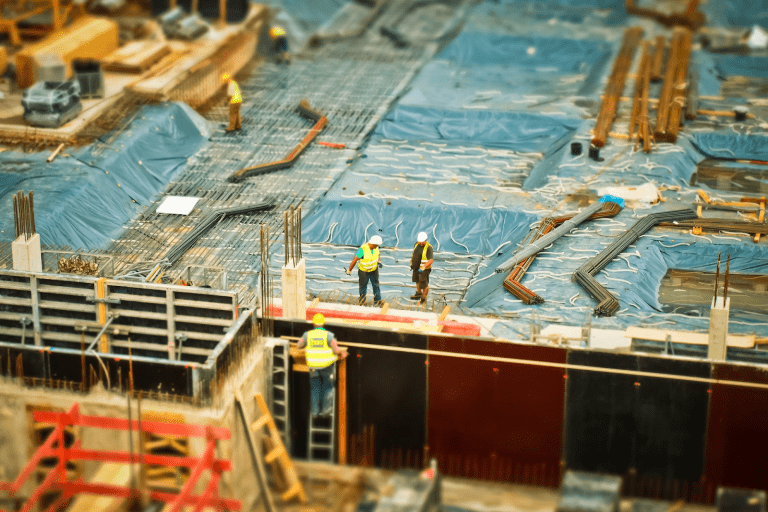The construction industry provides jobs to millions of people around the planet. This is to say that millions of people may or may not put groceries on the table depending on whether or not the necessary materials for the project at hand are made available on time. In turn, the availability of construction materials depends on the availability of intermediate chemicals such as resins, adhesives, polymers, admixtures, and additives used in manufacturing them. This piece seeks to shed some light on five different types of intermediate chemicals used in construction, starting with where you can find them. Where to Buy Intermediate Chemicals, e.g. Melamine In an age where construction and real estate are some of the fastest-growing industries, one of many things holds true. You can find a wide range of intermediate chemicals to suit your construction needs at your local home improvement store or a reliable chemical plant online. And if your guess is as good as anyone’s, this includes the popular melamine. It is used in the production of some of the most commonly used resins among construction businesses, thanks to its notable stability against wear and tear, robust strength, and cost-effectiveness. These resins are often a precursor in the production of decorative laminates, adhesives, molding compounds, flame retardants, and concrete additives, among others! Other Common Intermediate Chemicals in Construction Intermediate chemicals are essential components used to manufacture building materials used in construction projects. They provide strength and flexibility to ensure end products like paints, adhesives, concrete mixes, and mortar have increased durability against wear and tear over time. Besides melamine, some of these crucial chemicals include formaldehyde, acrylics, phenolics, and isocyanates; all of which are valuable ingredients worth learning about for any growing construction business. Formaldehyde is one of the most popular intermediate chemicals used in construction. It’s a reliable bonding agent that provides superior adhesion properties and thermal stability, while also offering protection from weather damage and oxidation. Also, it can be used to increase resistance to impact and fire damage on surfaces like walls, floors, or roofs being built with concrete mixes or plasterboard sheets. Acrylics are another set of essential intermediate chemicals that add durability and water resistance to construction projects. They have the ability to bridge small gaps in masonry, making them ideal for intermediate chemicals, such as sealing around windows and doors or even creating sealant joints along a building’s exterior walls. In addition, they can be added as integral components of concrete mixes to improve strength and reduce cracking due to weather conditions or subsidence. Phenolics are perhaps the most versatile intermediate chemicals used in construction. They can be used to create strong and durable surfaces, waterproof paint jobs, and fireproof sealants. Additionally, they provide anti-corrosion properties which makes them ideal for use on metal structures such as bridges or industrial buildings that need superior protection from corrosion. Phenolic compounds also provide excellent self-healing abilities when applied over any type of defect in a substrate material like steel or concrete. Isocyanates are versatile, intermediate chemicals used in constructions that provide excellent adhesion properties and waterproofing capabilities. They can be used to seal joints along external walls, stabilize brickwork, or grout elements between tiles. Furthermore, isocyanates offer the final layer of protection against moisture ingress, which makes them ideal for semi-porous surfaces such as plasterboard or plywood sheets. They help prevent any further damage from dampness and water infiltration over time in manufactured board products. In conclusion, intermediate chemicals such as resins, adhesives, polymers, admixtures, and additives are essential components of the construction industry. These provide – amongst others – durability, robustness, and waterproofing capabilities to building materials, which makes them an invaluable part of today’s society.














